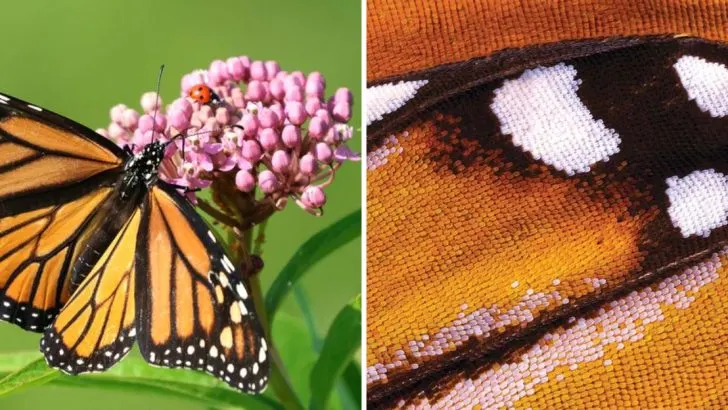Butterflies are more than just beautiful garden visitors – they’re fascinating creatures with unique traits that often go unnoticed.
From their extraordinary migration patterns to their surprising survival mechanisms, these delicate insects have a world of secrets waiting to be uncovered. Here are 13 incredible butterfly facts that will give you a whole new appreciation for these captivating pollinators!
Metamorphic Marvels
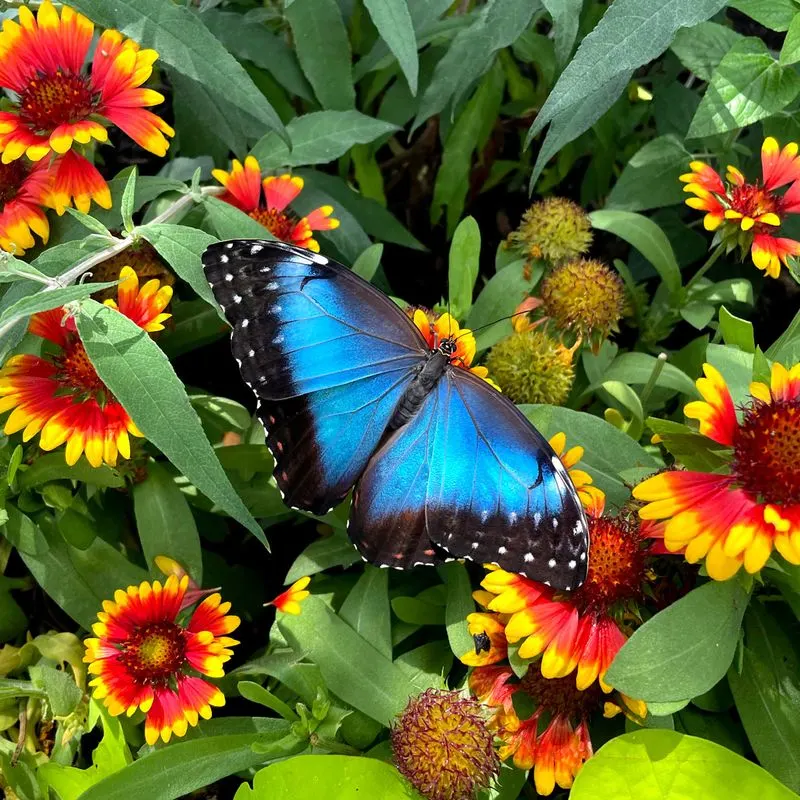
The transformation of a butterfly from a caterpillar involves one of nature’s most captivating processes: metamorphosis. This transition isn’t just a change in appearance but a complete reorganization of internal systems.
Imagine a creature that starts its life crawling on leaves, then takes to the skies with colorful wings. During metamorphosis, enzymes break down caterpillar tissues, facilitating the creation of new butterfly structures. The entire process highlights nature’s ingenuity and adaptability. Such transformations remind us of the potential for growth and change within our own lives. It’s truly a marvel of the natural world.
Winged Wanderers
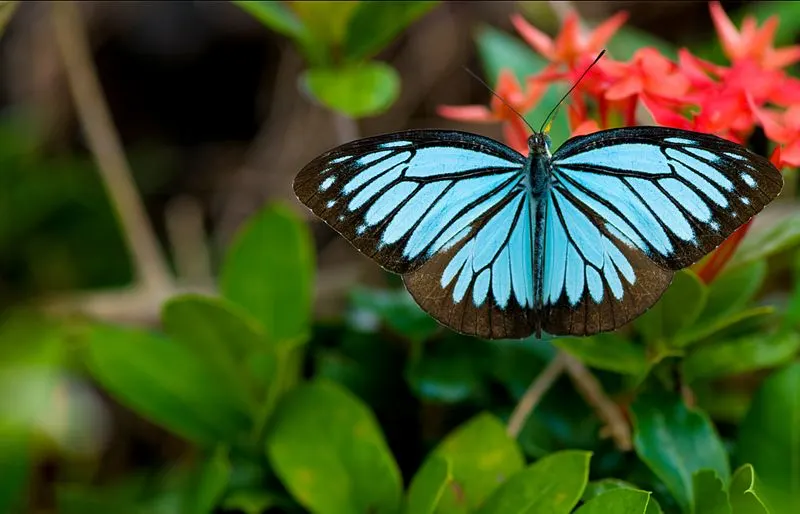
Butterflies like the Painted Lady embark on migrations that span thousands of miles, challenging the limits of endurance. Unlike birds, these insects rely on wind currents and innate navigation skills to reach their destinations. The journey isn’t completed by a single butterfly; instead, multiple generations continue the passage.
They travel from Africa to Europe, facing harsh weather and predators. Such incredible distances covered by fragile wings offer insights into the interconnectedness of ecosystems. Their migratory patterns also serve as indicators of environmental changes. The endurance of these tiny travelers is nothing short of inspirational.
Taste with Their Feet
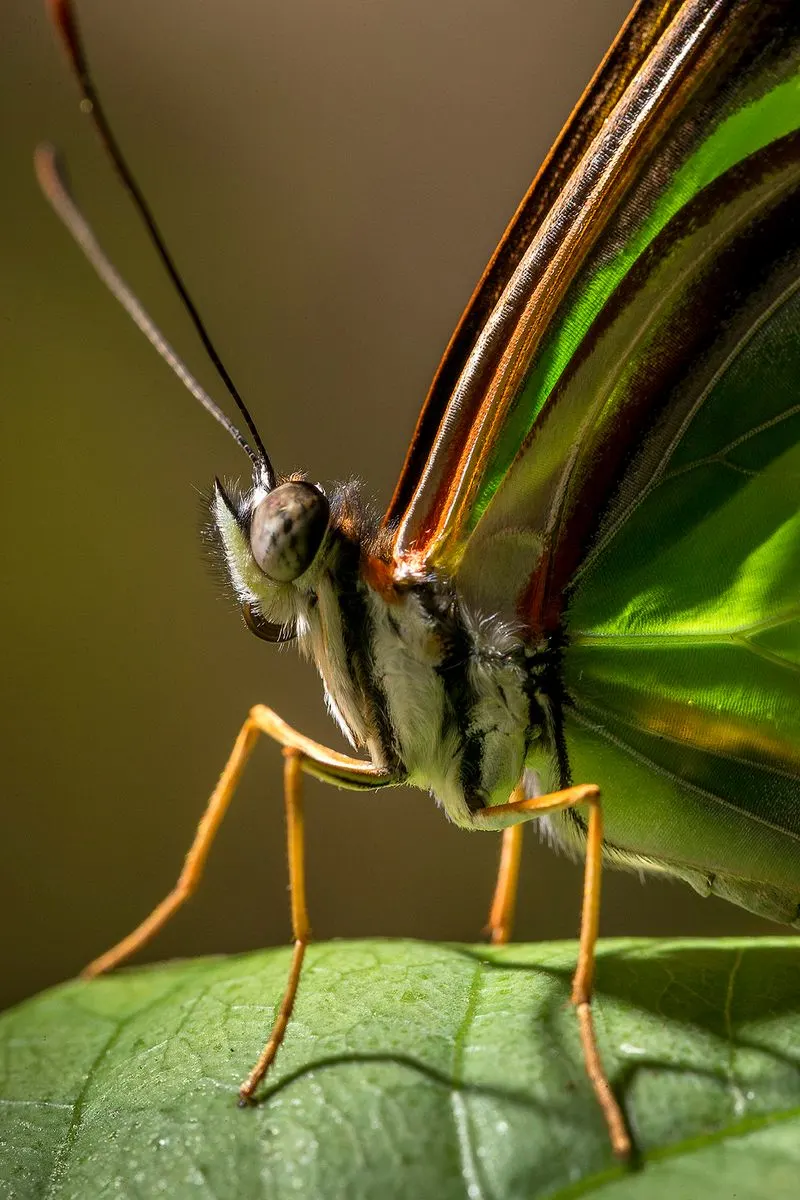
Butterflies possess a unique trait that sets them apart in the insect world: they taste with their feet. This unusual ability allows them to detect the presence of vital nutrients in plants. When a butterfly lands on a leaf, specialized sensors in its feet analyze the plant’s chemistry.
This sensory adaptation helps females determine the best plants for laying eggs. It ensures that their caterpillars have the optimal start in life with nutritious foliage. Understanding this trait reveals the complex relationship between butterflies and their environment, showing a fine-tuned survival instinct.
Silent Communicators
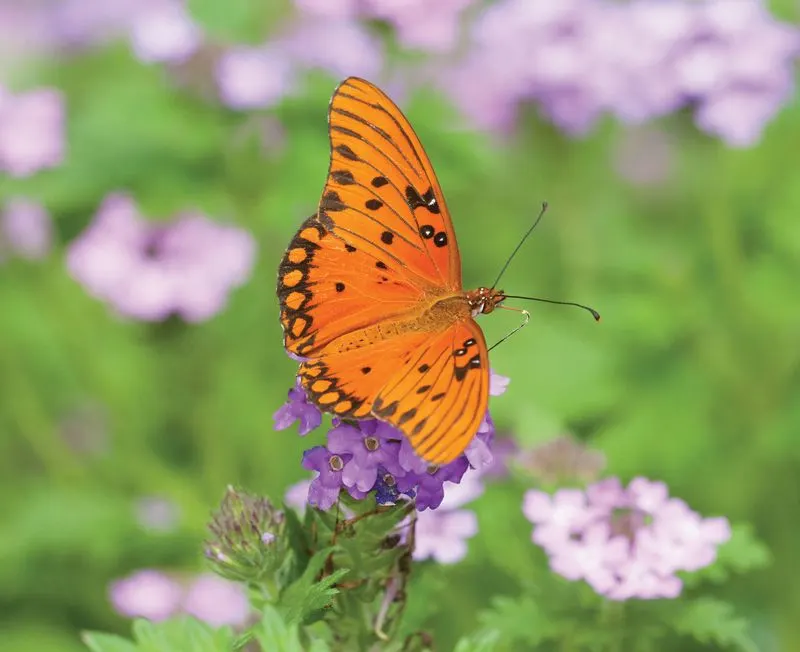
Butterflies don’t use vocal sounds but have evolved to communicate through colors and patterns on their wings. The vibrant displays serve as both warnings and attractions. For example, bold colors may signal toxicity to potential predators, while intricate patterns can aid in courtship dances. This form of visual communication is crucial in dense habitats where sound might not travel efficiently.
The silent dialogue between butterflies adds another layer to their complexity, emphasizing adaptation and survival. These vivid signals ensure that butterflies maintain their place in the intricate web of nature’s communication network.
Rapid Vision
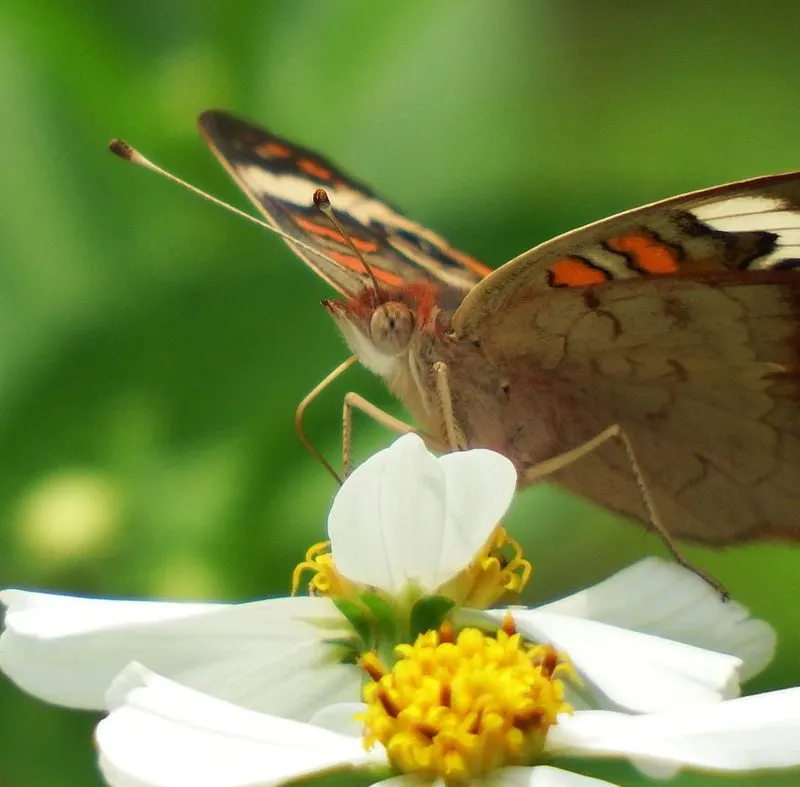
Possessing compound eyes, butterflies are equipped with thousands of lenses that allow them to detect rapid movements. They have a wider field of view compared to humans and can see ultraviolet light. This exceptional eyesight plays a vital role in avoiding predators and locating food sources.
The ability to perceive ultraviolet light also aids in identifying flowers, as many plants have UV patterns. Such vision underscores the evolutionary precision enabling butterflies to thrive in various environments. Observing butterflies, it’s clear that seeing the world through their eyes offers new perspectives on survival strategies.
Short Yet Impactful Lives
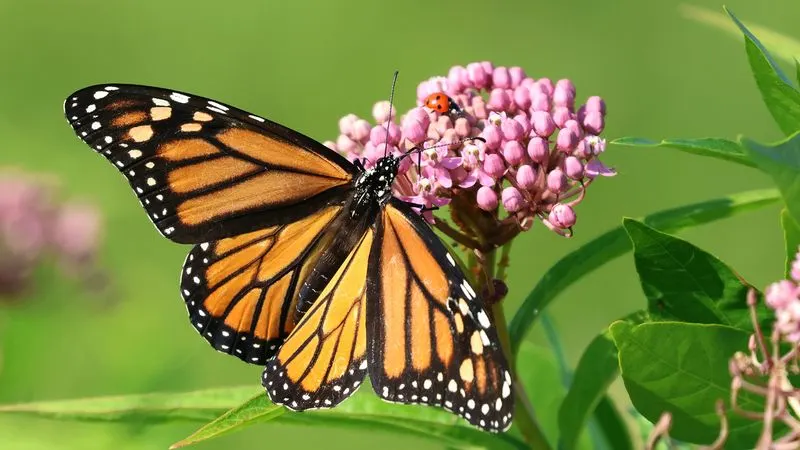
While the lifespan of butterflies is often brief, ranging from a week to a few months, they make a lasting impact. During their short existence, they play critical roles in pollination, contributing to plant reproduction.
Some species are essential for the survival of certain flora, highlighting the importance of biodiversity. Their life cycle from egg to adult showcases rapid development and adaptation. Each stage is crucial for their ecological contributions. These short-lived yet effective creatures remind us of the fleeting nature of life and the importance of making the most of our time.
Masters of Camouflage
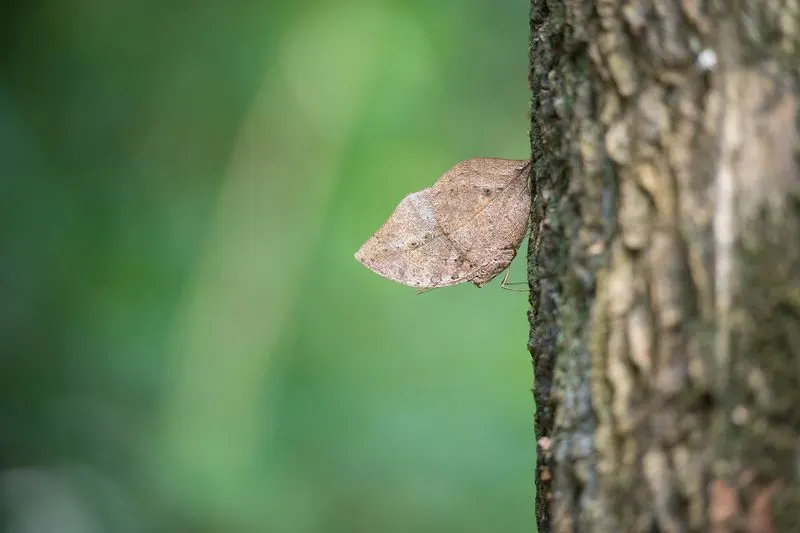
Blending seamlessly with their surroundings, butterflies exhibit exceptional camouflage skills. Some species mimic leaves or tree bark, a strategy that helps them evade predators. This ability to blend in is not only a defense mechanism but also aids in hunting and mating.
The intricate patterns and colors on their wings are a testament to evolutionary artistry. Scientists study these adaptations to inspire technology and design. Observing a butterfly disappear into its environment provides insight into adaptive strategies in nature. Their camouflage is a reminder of the ongoing dance between predator and prey.
Cold-Blooded Nature
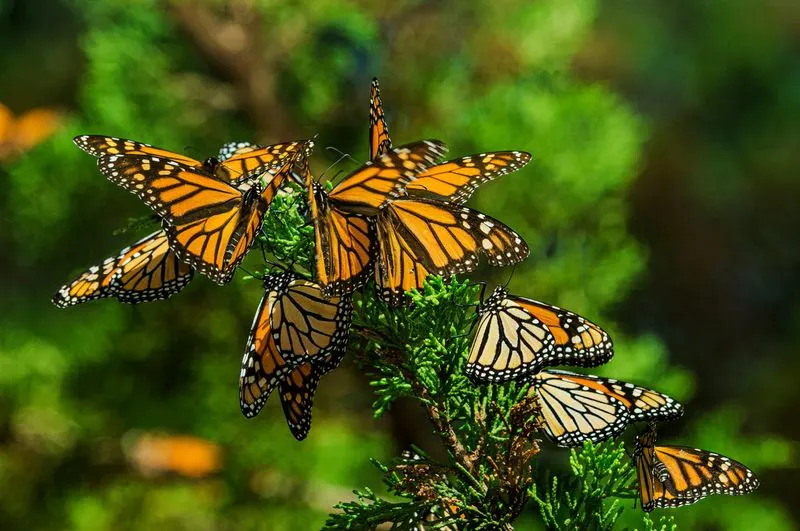
As ectothermic creatures, butterflies rely on external heat sources to regulate their body temperature. Basking in the sun, they absorb warmth to become active and agile. During cooler months, butterflies may enter a state of diapause, slowing their metabolism to survive harsh conditions.
This reliance on environmental heat influences their daily activities and migration patterns. Their cold-blooded nature provides insights into the delicate balance of ecosystems. Observing butterflies, we learn about the interplay between climate and living organisms. They remind us of the sun’s role in life’s rhythm.
Butterflies and Biodiversity
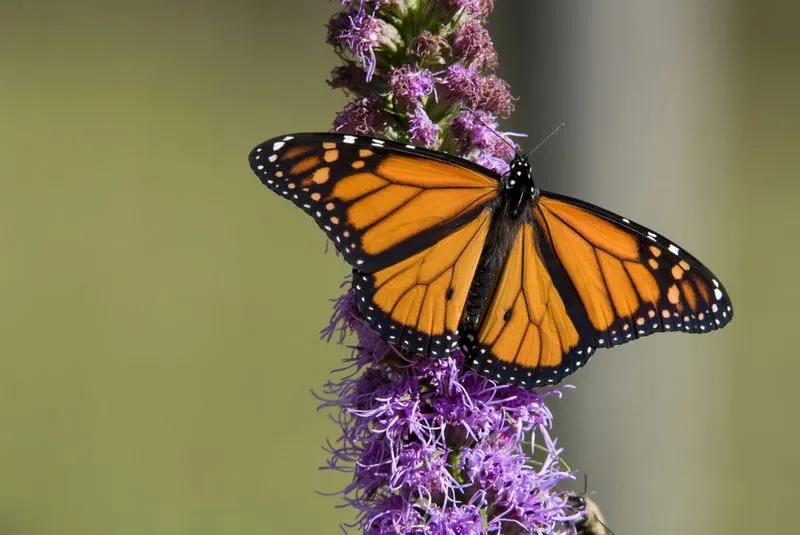
Butterflies play a pivotal role in maintaining biodiversity. As pollinators, they facilitate the reproduction of a variety of plants. This activity supports food webs and habitat stability. The presence of diverse butterfly species often reflects a healthy environment, making them indicators of ecosystem health. Their interactions with flora and fauna contribute to genetic diversity and resilience.
Conservation efforts often focus on protecting butterfly habitats to ensure broader ecological benefits. Recognizing their role in biodiversity highlights the interconnectedness of life forms. Butterflies remind us of the importance of preserving nature’s balance.
The Monarch’s Milkweed Dependency
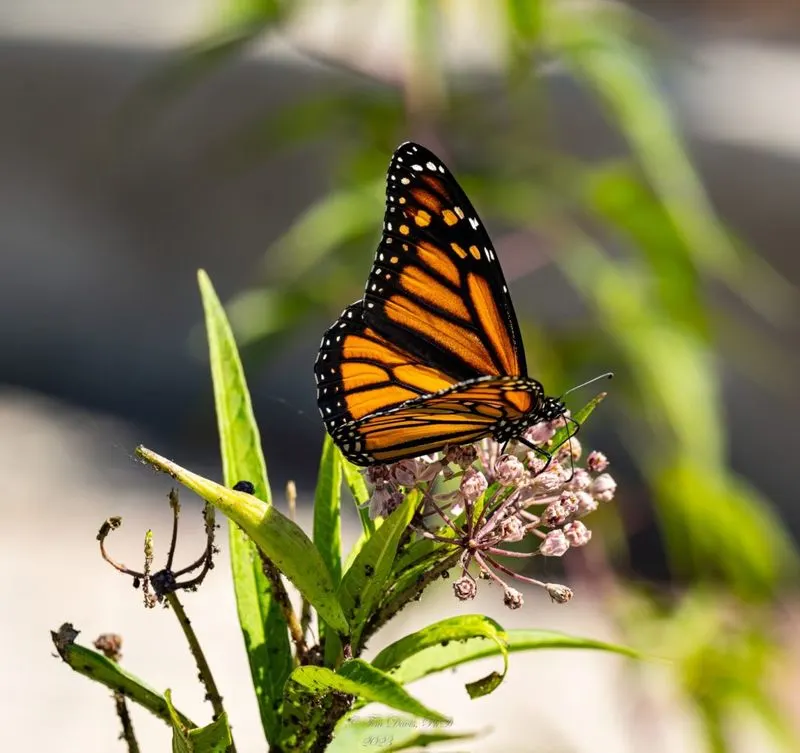
Monarch butterflies are intricately linked to the milkweed plant, which is vital for their survival. Female Monarchs lay eggs exclusively on milkweed, providing larvae with essential nutrients. The plant’s toxic compounds, absorbed by caterpillars, offer protection against predators.
This dependency highlights the fragile balance in nature, where the decline of milkweed affects Monarch populations. Conservationists emphasize planting milkweed to support these iconic butterflies.
Understanding this relationship reveals how specialized interactions can drive ecological dynamics. Monarchs and milkweed together tell a story of survival, adaptation, and the need for ecological stewardship.
Nighttime Fliers
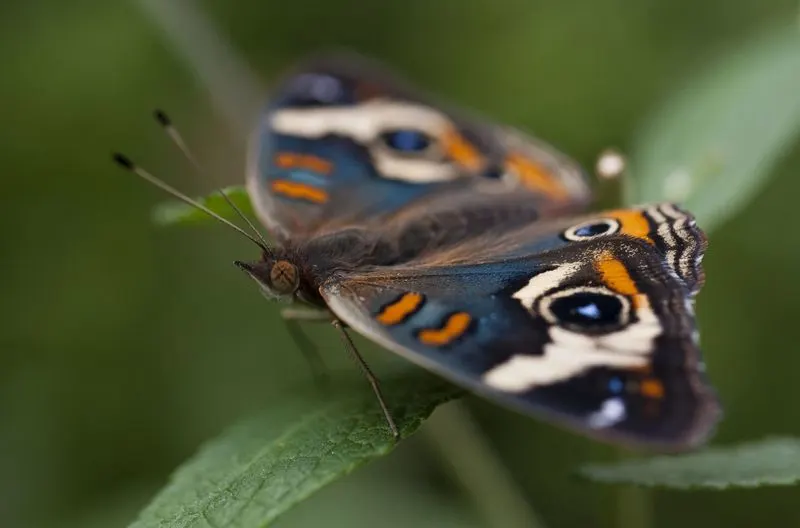
Not all butterflies are strictly diurnal; some species take flight under the cover of night. These nocturnal fliers have adapted to cooler temperatures and reduced predation. Their activity patterns are similar to moths, involving navigation by moonlight. The evolution of nighttime butterflies shows nature’s adaptability and the diversity within the Lepidoptera order.
Their presence challenges the common perception of butterflies as solely daytime creatures. Observing these night fliers broadens our understanding of butterfly behavior and ecology. It highlights the varied life strategies that exist within this enchanting insect group.
The Science of Scales
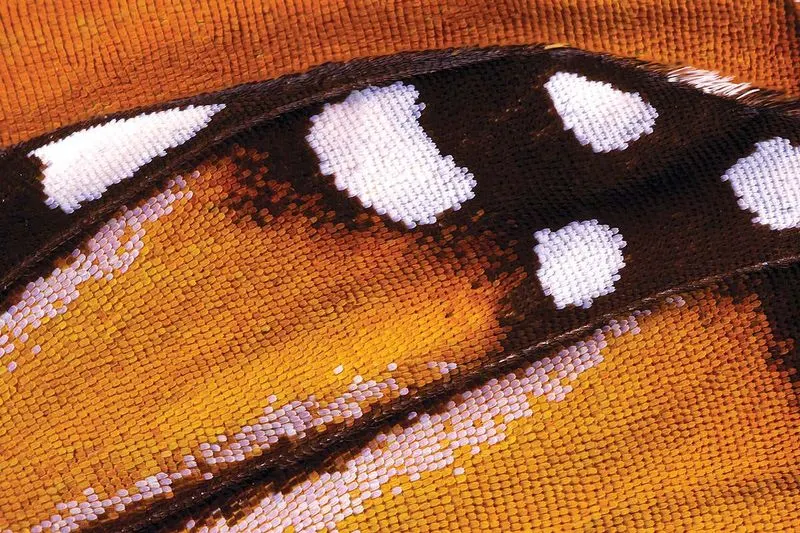
Butterfly wings are covered in tiny scales that create their vibrant colors and patterns. These scales, made of chitin, reflect light in unique ways, causing iridescence. The microscopic structure contributes to their dazzling appearance and has inspired innovations in technology, such as anti-counterfeit features. Scientists study these scales to develop new materials and coatings.
By examining butterfly wings, we’re reminded of nature’s intricate designs and their potential applications. The science behind the scales offers a glimpse into the convergence of art and biology. Such discoveries continue to inspire technological advancements.
Global Symbolism
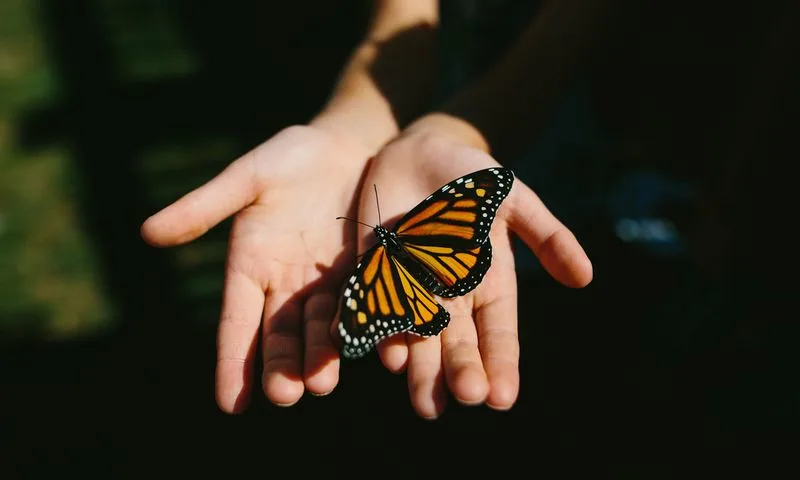
Across various cultures, butterflies symbolize transformation, hope, and renewal. Their metamorphosis is seen as an emblem of personal growth and change. In some traditions, they represent the soul’s journey or a connection with the spiritual realm. Festivals and artworks celebrate butterflies’ beauty and symbolism, highlighting their impact beyond the natural world.
The universal appeal of butterflies transcends cultural boundaries, offering shared meaning and inspiration. As global symbols, they remind us of the enduring relationship between humans and nature. Their presence in folklore and art underscores their timeless significance.

